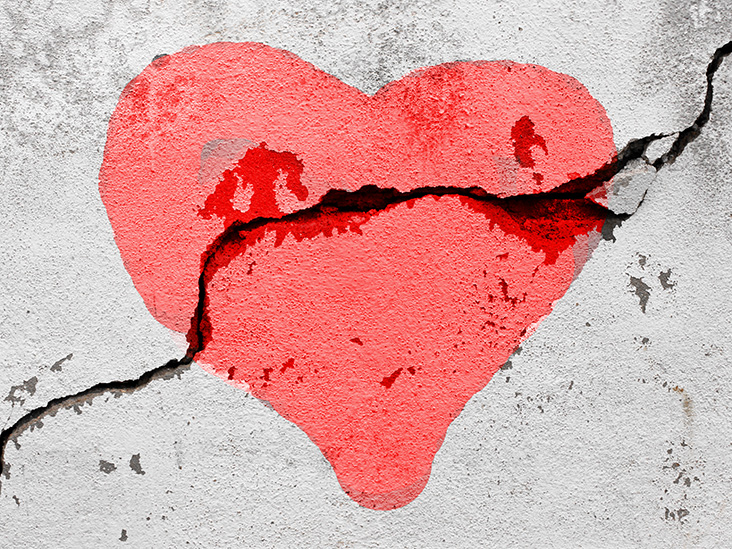A recent study looks at the relationship between the COVID-19 pandemic and stress cardiomyopathy, a condition people often call broken heart syndrome. Not expectedly, the researchers identified an uptick in the number of cases.
Scientists are slowly unraveling the full impact of COVID-19 on physical health. However, the impact of the pandemic on mental health is only now coming into focus. A recent study assesses the incidence of a health condition that doctors relate to mental stress.
Stress cardiomyopathy, which is also called Takotsubo cardiomyopathy and broken heart syndrome, occurs in response to physical or emotional stress.
The author of an earlier study describes it as “a condition caused by intense emotional or physical stress leading to rapid and severe reversible cardiac dysfunction.”
Stay informed with live updates on the current COVID-19 outbreak and visit our coronavirus hub for more advice on prevention and treatment.
Individuals who experience stress cardiomyopathy display similar symptoms to a heart attack, including chest pain and shortness of breath. Unlike a heart attack, however, there is nothing blocking the coronary arteries.
Although scientists do not know the exact mechanisms that drive stress cardiomyopathy, some believe that stress hormones might interfere with the heart’s ability to pump blood sufficiently.
A new study, which appears in JAMA Network Open, asks whether the psychological, social, and economic stress of the pandemic has an association with an increased incidence of stress cardiomyopathy.
As the authors explain in their paper, “The effect of COVID-19 has extended beyond healthcare, having significant social, economic, and cultural ramifications. The global effects of the virus have been linked with increasing stress and anxiety worldwide.”
Study lead Dr. Ankur Kalra explains how these stresses “can have physical effects on our bodies and our hearts, as evidenced by the increasing diagnoses of stress cardiomyopathy we are experiencing.”
The authors of the current study set out to quantify the increase in incidence.
They also wanted to investigate whether psychological, social, and economic stress co

